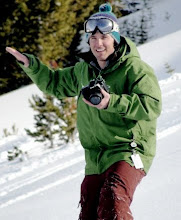With the creation of the printing press, the nature of society shifted drastically in Europe. Translations of the bible became widely available in native tongues of the lay people. The social position of the latin literate clerical elite shifted. These newly printed bibles allowed people to study religion without the need for a chapel. Suddenly the building representing the whole religious order became less essential. Furthermore, the printed bible ignited the protestant reformation. The battle between the catholic old guard and the new upstart protestant feuded for generations. How many buildings were destroyed during the conflict? Buildings destroyed thanks in part to the printed word.
It might be a bit of a stretch but project the nature of the printed word a couple of hundred years into the future. Where are libraries when the entire written cannon becomes accessible on the the web? How about Museums? What other buildings will become obsolete as they transition to Cyberspace?
I dont really know the answer to any of these questions but they are certainly interesting to think about with the ever advancing nature of the print culture.
